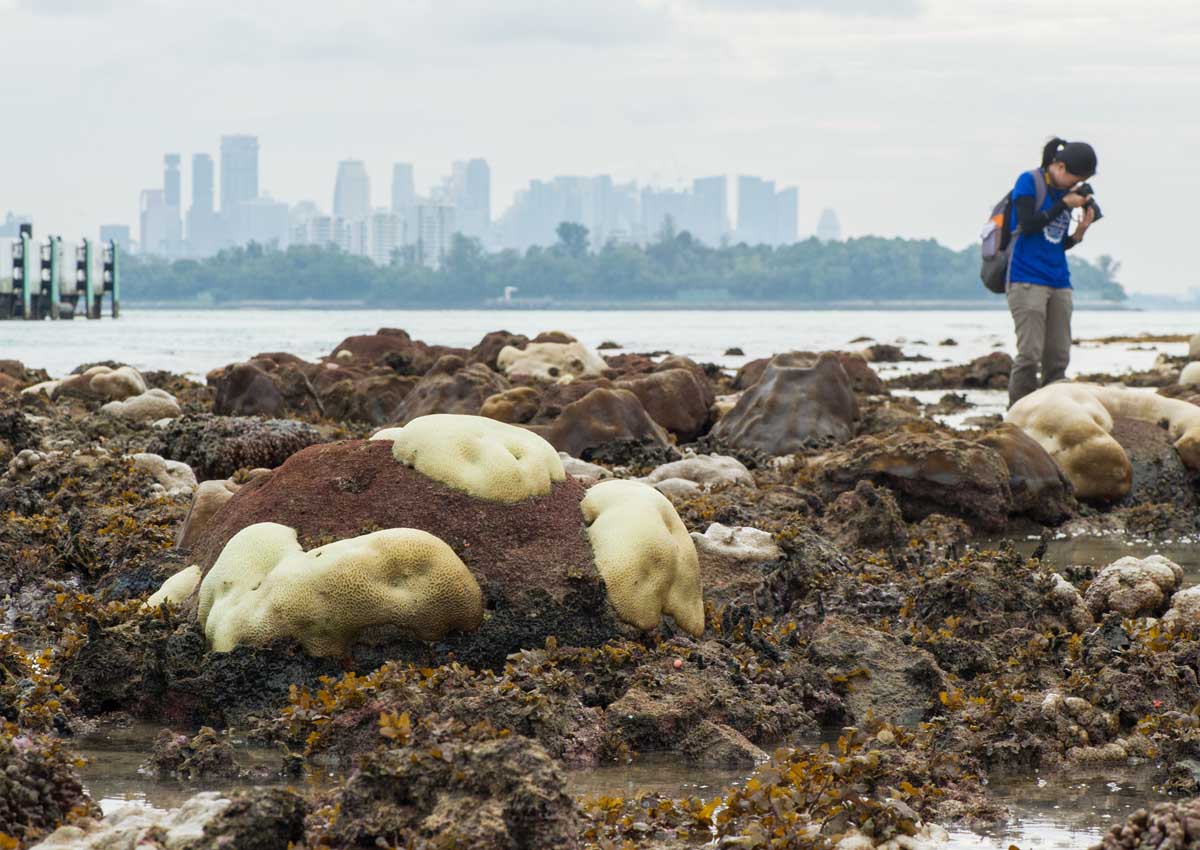Warming seas caused Singapore’s underwater gardens to lose their colour earlier this year, but the good news is that some corals are starting to recover from what is the longest bleaching incident to hit the Republic so far.
Preliminary assessments by scientists here have shown that this year’s event is more severe than two other major bleaching events in 1998 and 2010. This year, as with both the other years, is an El Nino year. This refers to the phenomenon linked to prolonged warmer weather.
Corals depend on symbiotic algae, called zooxanthellae, for food. Bleaching occurs when abnormally high sea temperatures cause corals to expel the zooxanthellae living in them, turning them white.
In 2010, the bleaching event started in June and ended in September, said Dr Karenne Tun, director of the coastal and marine division at the National Parks Board’s (NParks) National Biodiversity Centre.
And in 1998, it lasted from June to August, said coral expert Chou Loke Ming, an adjunct research professor at the National University of Singapore’s Tropical Marine Science Institute.
This year, however, water temperatures began exceeding the bleaching threshold of 31.14 deg C from end-April.
Water temperatures have since dropped to just below 30 deg C, which is still above the average temperature of 29.6 deg C expected at this time of the year.
“The sea surface temperatures dipped to just below the bleaching threshold from early June, but continued to remain above the maximum monthly mean till early October,” said Dr Tun.
She added that scientists observed this month that recovery from bleaching is still ongoing. “But we are hopeful that the remaining bleached corals will recover within the next one to two months if the sea surface temperatures continue on their downward trend,” she said.
A bleaching event is considered to have ended when sea surface temperatures go back to normal, said Prof Chou.
NParks has implemented measures to aid in the corals’ recovery. For instance, it has closed the dive trails at the Sisters’ Island Marine Park since June to minimise additional stress to the corals. The dive trails will remain closed until the end of this month.
Prof Chou said scientists are now following up on coral colonies affected to assess the survival rate. He added that while this year’s bleaching event was the worst in terms of duration, it was too soon to compare the impact.
Mortality was about 20 per cent in 1998 and 12 per cent in 2010. But in both cases, he said, recovery was seen.
Coral bleaching is not just restricted to Singapore.
The Great Barrier Reef in Australia is also affected. But contrary to a recent “obituary” for the world’s largest coral reef system published in Outside Magazine, it has not died.
The coral reef system is too large to simply die off, said Prof Chou. He added that while some parts of the system may die, it is also possible to end up with reefs with a different composition of coral species, depending on which can thrive under the changed conditions.
He added: “Singapore reefs have recovered from both bleaching events… and I take heart in reef resilience.”
audreyt@sph.com.sg

This article was first published on October 24, 2016.
Get a copy of The Straits Times or go to straitstimes.com for more stories.






